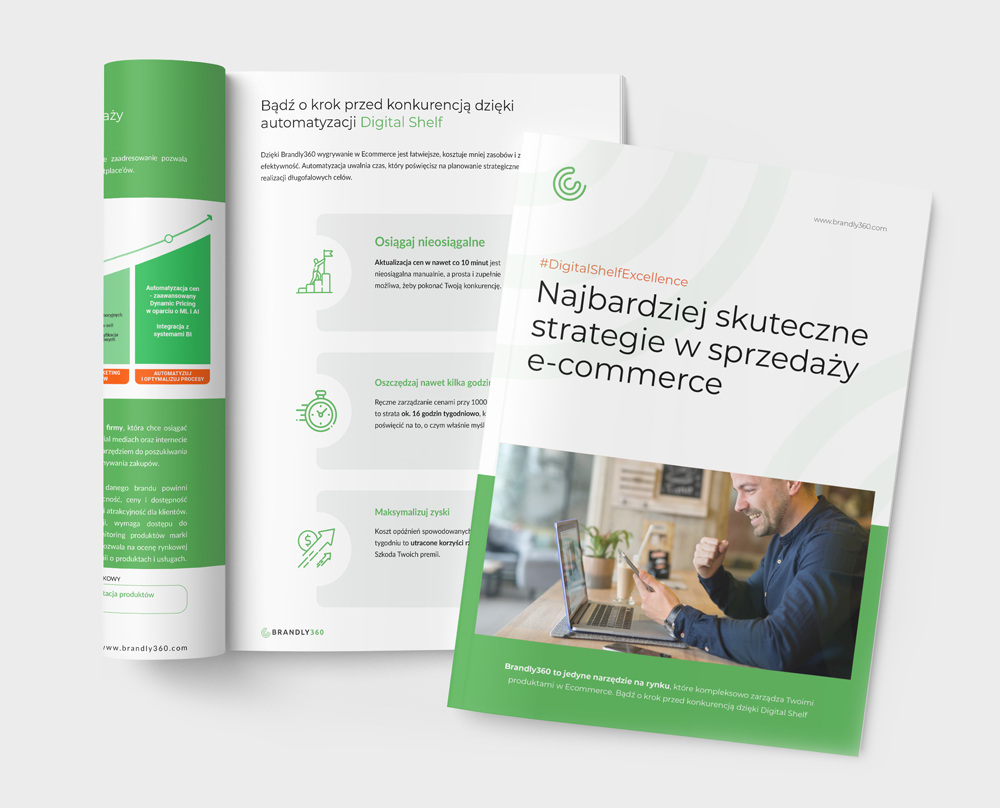
In this post I’ll shortly describe the rules of making bundles and suggest you some practical tips, which will help you to improve efficiency of conducted activities.
Have you ever wondered:
- why does Ikea present products in exemplary furnitured rooms?
- why do cars producers offer equipment packages when you buy a new car?
- why McDonald’s clients buy bundle meals so willingly?
- why in most e-shops an average amount of products, which are bought during one transaction, equals about 1,2 piece, while Amazon or Walmart, which widely use products sets recommendations, have an average 1,5 and 2,3 pieces?
Product bundling – is a marketing strategy consisting in offering the client some products in a bundle, usually at a lower price.
It is estimated that products recommendations bring 10-30 % profits in those e-shops in which they’re used. So it’s worth using them in the e-shop.
There are two strategies of making bundles:
• Pure bundling – bundle as a product. The client can’t buy products from the bundle seperately (for example: MsOffice). This option is used less often, especially in the market where the competition is big. It may also be taken the wrong way by the clients, in the case where the competitor enables the purchase without the bundle. However it’s effective in the case of special offers bundles, where the enclosed product is free.
• Mixed bundling – the client can buy products in bundles or seperately. In most cases the bundle has lower price than the sum of the seperate products.
What products can be part of the bundle:
• Complementary products, e.g.: phone + etui, laptop + bag, camera + lens
• Completely unrelated products e.g.: laptop + kettle, fridge + drinks, tablet + book – the most often used in the case of extra products
• Similar products, e.g. in the case of music albums, an additional album with the music of other artist
Practical tips – how to use bundles effectively:
1. According to researches conducted by Alexander Chernev we must be careful while putting together in bundles products considered as expensive with those which are perceived as cheap. He proved that such a combination of products was causing that the client was perceiving the bundle as cheaper (less worthy) and that is why he was less willing to spend money for it.
Example: if you prepare a bundle: expensive business laptop + bag, than offer an elegant, “high-end” bag in this bundle
2. How to select the bundle price? Be guided by the margin on products. Reduce the price in this way, so as the margin was higher than in the case of a single purchase. Some researches suggest the strategy of reducing the margin on the enclosed product by half.
3. No matter what type of bundles you use, remember to clearly emphasize savings, resulting from the purchase of a bundle. Show prices of single products and the amount of money that the client will save when he buys the whole bundle.
4. In most cases, it’s essential to enable the client buying the elements of a bundle seperately. Otherwise the bundles aren’t treated as a special offer but as a simple product. Then the clients’ feeling about this form of sale is negative. In the case of Nintendo, this strategy caused 20% drop in profit.
Why does it happen? If the client doesn’t perceive a particular offer as an attractive one, he puts off the purchase, waiting for the price drop in the future.
Want to get set up with competitor monitoring, price tracking and even more?
Book a free demo to monitor any e-commerce competitor pricing and get instant info of important price movements and more!
5. Use A/B tests – you may test types of products added to bundles e.g. to specify what computer mouse will suit the best to the particular laptop.
6. Increase profits by offering in bundles high-margin products, on which you can give bigger discounts (it will cause that the special offers will be more attractive).
7. If you have data and possibilities, match the bundle to the client, taking into consideration his preferences from the previous purchases.
8. Making bundles always leads to partial sales cannibalization of single products, so you must be careful and not to lead to reducing return on sales by your pricing policy.
9. If there is such a possibility, choose products on the basis of transaction history (basket analysis). We search through all transactions and look for pairs of products, which appear together in a transaction. So we look for connections: if the client bought X, he also often bought Y.

Manager with experience in leading team of software developers and testers during implementation of internal and external IT projects. Ceo of Brandly360.com.


